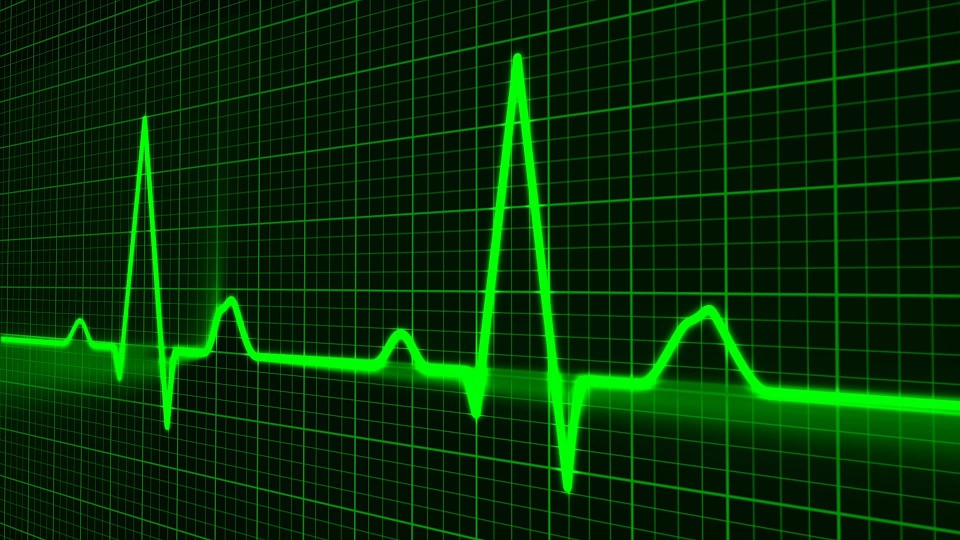Daily exercise is usually associated with a healthy image and an overall well-being in control person. Since our work and living habits do not provide enough physical tonus, a vast majority of modern people compensate by following a daily sportive routine, that ranges from walking and bicycling to attending a sport center or practicing martial arts. This centered and self-aware (health-wise) image of a modern person has nothing wrong in itself – unless certain patterns emerge that trigger warning signals. To have a rough idea when approaching exercise addiction, the estimated affected percent is somewhere between 0.3 to 0.5 percent of the population, according to a 2013 article.
The numbers come from a study performed in Hungary on 474 people, with the mean age of 33.2, out of which 57 percent males.
What does exercise addiction represent?
Although missing from the DSM (the Diagnostic and Statistical Manual of Mental Disorders abbreviated published by the American Psychiatric Association), despite talks of being included in the 2013-adopted DSM V, exercise addiction is commonly considered a behavioral addiction, which displays two main signs:
- The exercise/fitness routine negatively affects the person’s life;
- The daily-related habits are excessive and perceived as mandatory; when trying to reduce or quit these habits, the person experiences withdrawal symptoms, just as in any other addiction (this second indicator is the one used for identifying the presence of the said addiction, although there have been objections regarding this sole method’s accuracy).
The widely quoted paper “Exercise Addiction: Symptoms, Diagnosis, Epidemiology, and Etiology” by Berczik and colleagues (available online here) mentions how exercise addiction is illustrating the “positive addiction” concept introduced by Glasser in 1976. Basically, exercise addiction represents the compulsory physical activity behavior of a person that provides relief from an internal discomfort or pleasure and that cannot be controlled by the person concerned and is therefore maintained even when it causes negative effects.
Exercise addiction is classified as primary and secondary, depending on its standalone status (primary) or its association with other addictive behavior or body image issues (secondary), being placed in the compulsive segment of the compulsive-obsessive spectrum as depicted by Hollander and Wong (1995).
A more screening-oriented paper further details the general components of addiction behaviors, listing along the withdrawal symptoms the tolerance effect (the subjects gradually increase the amount of effort involved since the previous level fails to provide the needed effects), the mood modification effect (resulting from the coping mechanism that riggers the behavior), and the inherent conflict triggered by the abusive behavior in the social and inner life of the subject.
For a brief online summary on exercise addiction, the phenomenon has its own Wikipedia dedicated page – you may check it here.
Available testimonials on exercise addiction
Perhaps the most notorious mass-media approach comes from Scarlett Thomas, a British postmodernist author whose article “Nowhere to run: did my fitness addiction make me ill?” was featured in The Guardian in 2015. Qualifying as a fitness fanatic, the writer talks about wearables, apps and graphs, miles counting, food calories scanners and the way she developed related habits, although initially a skeptic when considering such gadgets. The lecture is a bit long and tangled – nevertheless it counts as a fairly detailed testimonial.
Another confession bluntly concludes that exercise became a tool of blocking out feeling and other life issues, isolating the addict in a self-made world where over-achievement compensates for other real-life problems that are out of the person’s control range.
The same low self-esteem and avoidance of dealing with everyday issues appears to be the driving addictive mechanism in another online exercise addiction article. The impending emptiness feelings experienced and described by these authors are familiar to many people whose life trials have made their mental state vulnerable.
The quoted testimonials depict the secondary type of exercise addiction: associated with the goal of losing weight and/or gaining a better body shape. The authors also talk about previous addictions to drinking, drugs or other compulsory habits. In fact, a displacing phenomenon takes place – without approaching the main cause for addictive behaviors, the person replaces one addiction with another, making an effort in this case to pick a habit that it rather positive, health-wise. Nevertheless, the negative mechanism powers up the new habit and turns it against the well-being of the concerned person, once again.
In opposition, the primary type features as a personal goal fitness itself. The subjects exaggerate in their preoccupation with healthy physical exercise and push their limits, which, besides determining their health routine to take over their lives, can be dangerous for their heart and can cause adrenal exhaustion. For those cases, the pursuit of recognition is the most likely motivation, as well as an overachiever nature merged into their sportive habits.
Another testimonial mentions the chemical explanation of this type of addiction: exercising stimulates the secretion of dopamine and endorphins.
Countermeasures to exercise addiction
Once a person is aware that he or she is an exercise addict, there are ways of gradually recovering from what could otherwise be dangerous or even fatal.
One way to fight against the addictive behavior would be to avoid it. This is suited for those who want to create an exercising schedule for themselves that would not risk getting out of hand in time or for those who count on their strong self-control once a problem is targeted to be solved.
Regaining control presumes a few key steps:
- Separating the cause from the effect: in the instances where the addiction is secondary, the cause that drives the mechanism requires identifying and should be dealt with through therapy, counseling or medication;
- Balancing various healthy habits in a heterogeneous lifestyle: regular moderate exercise combines well with healthy eating, massage, thalassotherapy or kinetotherapy sessions.
- Maintaining various ways of connecting to people: exploring different recreational activities is recommended, in order to avoid peer pressure and a singular group validation that perceives exercising as the unique way of proving oneself; relaxing activities include meditation or alternative physical approaches that are less demanding for the body;
- Improving the personal identity perception also helps, in the sense that it encourages exercise addicts to separate their own image from the image of the zealous fitness person they have set up for themselves.
Another way of breaking the negative impact habits would be enlisting the help of specialized treatment facilities. There are such centers that offer exercise addiction rehabilitation for those who find it difficult to re-shape their compulsory behavior by themselves. Here is an article that describes how to find and choose the best facility of this kind.
Whatever the stage of such an addiction might be, always remember that balance is the best thing in life and that more does not necessarily mean better. Regaining control over compulsive exercising is a victory and a healthy goal in itself.


























